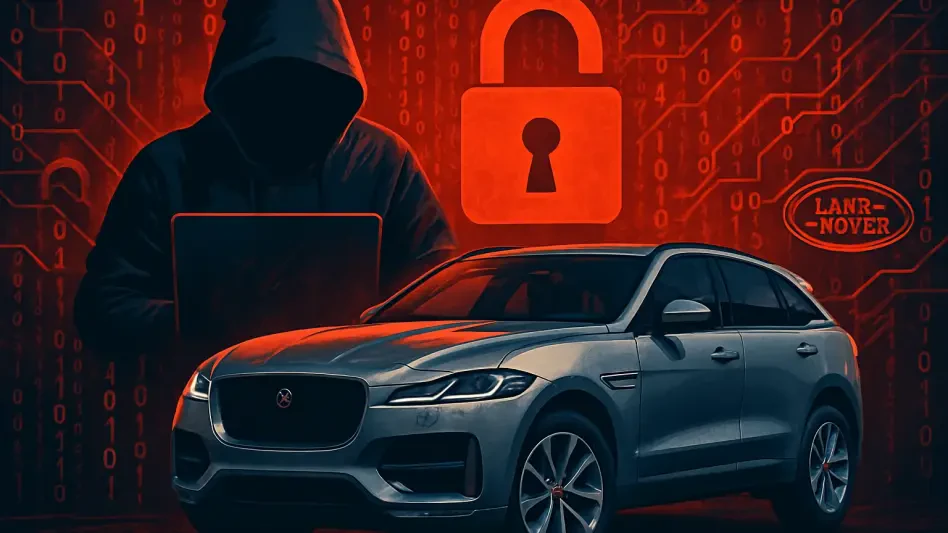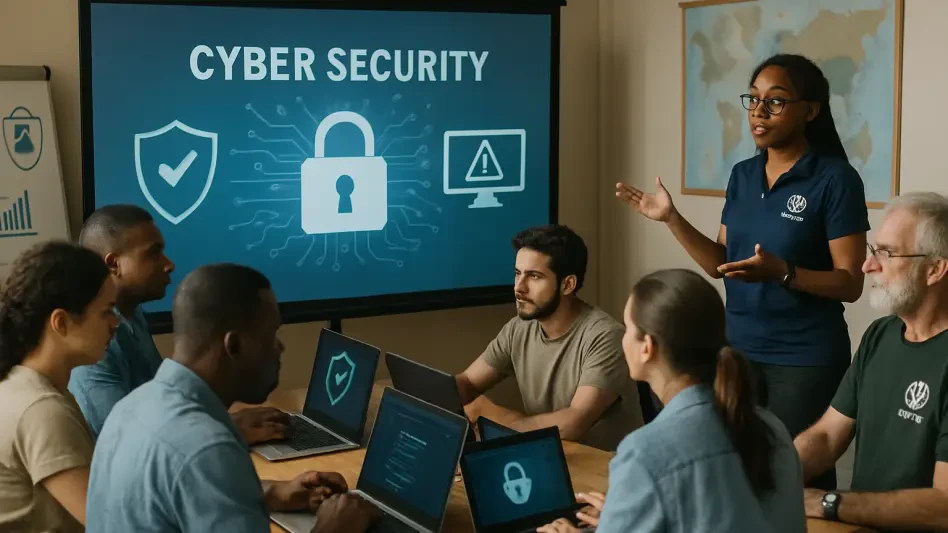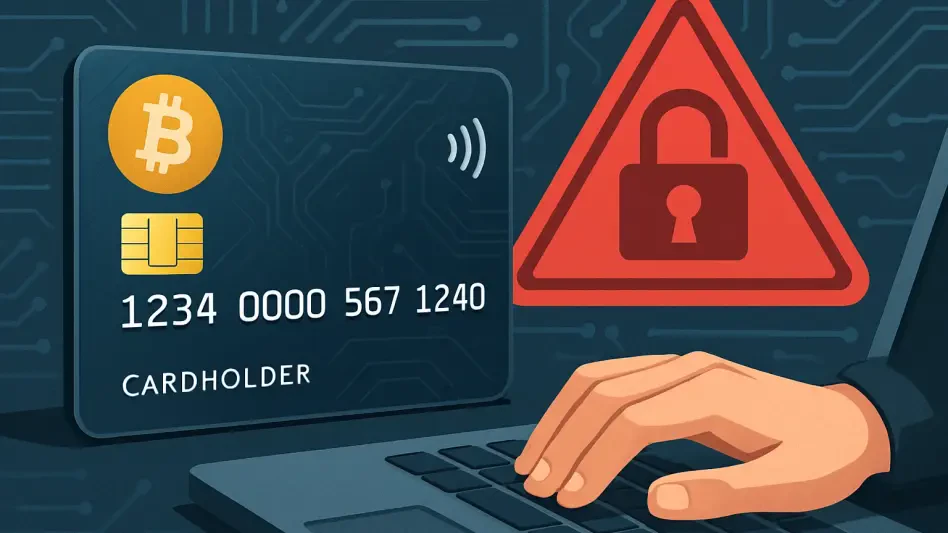The recent discovery of a significant vulnerability in Subaru’s Starlink system has sparked serious concerns about vehicle security and data protection. With modern vehicles increasingly reliant on internet connectivity and sophisticated technologies, the implications of cybersecurity flaws reach far beyond an individual brand, raising questions about the entire automotive industry’s approach to safeguarding sensitive information. This report delves into the findings by security researchers Sam Curry and Shubham Shah, spotlighting the vulnerabilities in Subaru’s Starlink system and drawing attention to broader industry-wide issues.
The Discovery of the Vulnerability
Initial Findings by Researchers
Sam Curry and Shubham Shah’s investigation into Subaru’s Starlink system revealed a glaring security loophole that allowed unauthorized access to both personal and vehicle-related data. The researchers demonstrated how a simple password reset for a Subaru Starlink employee could lead to a significant breach. This initial vulnerability was compounded by the ease with which they bypassed two-factor authentication by disabling it on the client side. Utilizing minimal personal information, Curry and Shah accessed an extensive array of sensitive data, underscoring the alarming ease with which modern car systems can be compromised.
The ability to gain unauthorized access using basic techniques raises critical questions about the robustness of cybersecurity measures in connected vehicles. In their demonstration, Curry and Shah managed to infiltrate a test vehicle, thereby revealing the potential for real-world exploitations of similar security gaps. The fact that minimal information was required to circumvent security protocols exposes a broader issue within the automotive industry, emphasizing the urgent need for stronger cybersecurity architectures and practices.
Implications of the Breach
The breach discovered by Curry and Shah had severe implications, as it allowed access to a range of sensitive personal information. Through the Starlink system, intruders could retrieve vehicle location history, owner’s emergency contacts, authorized users, home addresses, the last four digits of credit cards, and even vehicle PINs. Beyond data exposure, the vulnerability enabled remote control over vehicle functions. This included starting and stopping the engine, as well as locking and unlocking the car doors, posing significant risks to vehicle owners’ safety and privacy.
The researchers’ ability to manipulate vehicle functions highlights the profound danger posed by such vulnerabilities. Unauthorized individuals gaining control over essential vehicle operations could lead to numerous malicious activities, from theft to endangering passengers’ lives. This breach illuminated the critical need for securing the systems that interconnect various car functions with online services. Addressing these vulnerabilities is not merely a matter of protecting data but ensuring the physical safety of vehicle users.
Broader Access and Systemic Weaknesses
Scope of Access
A particularly troubling aspect of the Subaru Starlink vulnerability is the broad scope of access it offered. The Starlink admin dashboard, which Curry and Shah infiltrated, potentially allowed access to any Subaru vehicle across the US, Canada, and Japan. This vast range of access underscores a systemic weakness, as the dashboard required only basic user information for exploitation. The simplicity and extent to which the system could be compromised highlighted the inadequate security measures currently in place in the automotive industry.
The ability to exploit the system across multiple countries accentuates the global nature of cybersecurity challenges in modern vehicles. This incident served as a wake-up call not only for Subaru but for all automakers to reevaluate their security protocols. With connected vehicles becoming the norm, the necessity for stringent and comprehensive cybersecurity frameworks has never been more critical. The ease of exploitation illustrated by the researchers reveals that current measures fall short of protecting against potential widespread threats.
Industry-Wide Implications
The vulnerabilities identified in Subaru’s Starlink system are not isolated incidents but rather indicative of a broader issue affecting the entire automotive industry. Researchers pointed out similar flaws in vehicles from brands such as Acura, Genesis, Honda, Hyundai, Infiniti, Kia, and Toyota. These systemic problems reveal a pervasive reliance on insufficient security practices, where liability and access controls are primarily built on trust instead of robust verification systems. This overarching issue necessitates comprehensive reforms across the industry to protect personal and vehicle data adequately.
Curry and Shah’s findings compelled the automotive sector to confront the reality of widespread cybersecurity weaknesses. With hackers capable of breaching systems using basic methods, the industry must shift from a trust-based model to one reinforced with stringent security standards. The consistency of vulnerabilities across different brands suggests a shared failure to prioritize cybersecurity in the design and implementation of connected vehicle systems. As technology continues to advance, so must the measures to safeguard against increasingly sophisticated threats.
Subaru’s Response and Ongoing Concerns
Subaru’s Swift Action
Following the researchers’ findings, Subaru swiftly addressed the specific vulnerability by implementing patches to close the security loophole. While this prompt action mitigated the immediate risk, the incident remains a stark reminder of the underlying issues within the car’s security architecture. Despite Subaru’s intervention, the ease with which Curry and Shah accessed internal vehicle functions and sensitive data indicated that fundamental changes are needed to achieve a truly secure system. The automaker’s rapid response was a necessary first step, but it is crucial to recognize that this incident reflects a deeper, more systemic problem.
The researchers’ ethical hacking, while exposing specific faults, served as a broader call to action for the industry. Subaru’s prompt remediation efforts emphasize the necessity for ongoing vigilance and improvement in cybersecurity measures. It is not enough to address individual vulnerabilities as they arise—automakers must proactively invest in building comprehensive security frameworks capable of withstanding future threats. The goal should be to anticipate and prevent breaches, rather than reacting after the fact.
Need for Industry-Wide Reforms
While Subaru was quick to address the immediate vulnerability, the broader industry must tackle the persistent issue of weak security architecture. The narrative around the Starlink breach serves as a compelling example of the need for systemic change. Researchers’ full report, detailing the methods and implications of their ethical hacking, provides valuable insights, highlighting the urgent requirement for industry-wide reforms. The automotive industry must prioritize cybersecurity at every level, from design and development to implementation and maintenance, to ensure comprehensive protection.
The call for reform is not limited to Subaru alone. Other manufacturers also need to adopt more robust cybersecurity practices to protect their vehicles and customers. This includes implementing stronger verification systems, enhancing access controls, and regularly updating security protocols to address emerging threats. The industry’s overreliance on trust must be replaced with a proactive approach that anticipates potential vulnerabilities and addresses them before they can be exploited. Only through such concerted efforts can the automotive sector hope to secure the connected vehicles of the future.
Conclusion
The recent revelation of a major vulnerability in Subaru’s Starlink system has sparked serious concerns about vehicle security and the protection of data. With modern cars increasingly dependent on internet connectivity and advanced technologies, the implications of cybersecurity issues extend far beyond a single automaker. This raises critical questions about how the entire automotive industry handles the safeguarding of sensitive information. Security researchers Sam Curry and Shubham Shah have highlighted specific vulnerabilities in Subaru’s Starlink system, emphasizing the potential for significant security breaches. This discovery has put a spotlight on a broader, industry-wide issue, showing that many automakers may be at risk of similar vulnerabilities. As vehicles become more connected and automated, ensuring robust cybersecurity measures is crucial to protect drivers’ data and overall vehicle safety. This report delves into these critical findings, urging the automotive sector to prioritize and strengthen their cybersecurity protocols to better defend against potential threats.







